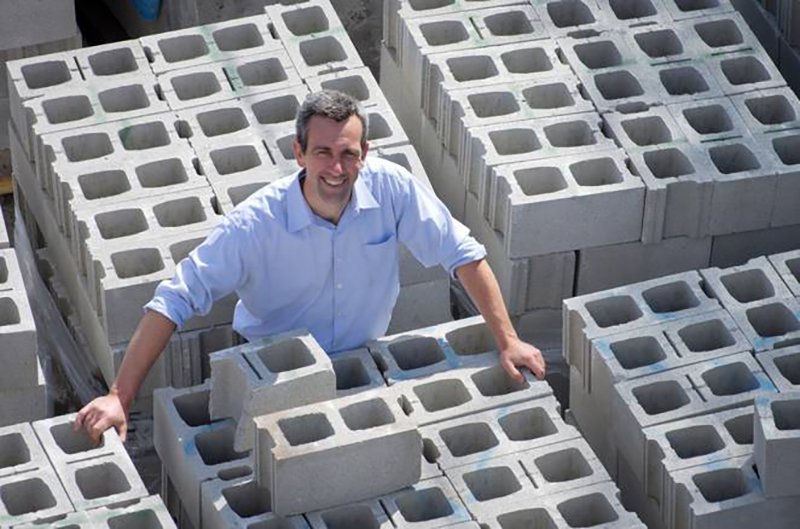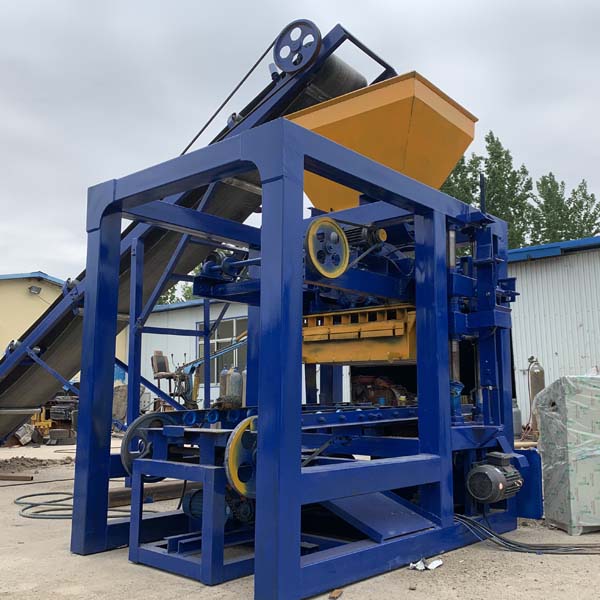
The decision to invest in and construct a brick factory is a significant undertaking that requires careful planning and consideration. This undertaking involves various stages, from initial planning and feasibility studies to the procurement of necessary permits and equipment. In this article, we will delve into the key preparations and procedures that need to be followed for a successful brick factory investment.
Investment and Construction of a Brick Factory: Required Preparations and Procedures
1. Market Research and Feasibility Analysis
The first and foremost step in investing in a brick factory is to conduct thorough market research and feasibility analysis. This involves understanding the demand for bricks in your target market, the competition landscape, and the potential for growth. Additionally, it is crucial to analyze the raw materials available, such as clay, sand, and water, as these are the essential components for brick production. The cost of acquiring these materials and their transportation should also be taken into account.
2. Land Acquisition and Site Selection
The next step is to identify and acquire suitable land for the construction of the brick factory. The site should be chosen based on its proximity to raw material sources, transportation routes, and the availability of utilities such as water and electricity. It is also important to consider the environmental impact of the factory and ensure that it complies with local zoning and environmental regulations.
3. Financial Planning and Funding
Financial planning is a crucial aspect of investing in a brick factory. This involves estimating the total cost of the project, including land acquisition, construction, equipment purchase, and operational expenses. It is also important to develop a detailed budget and seek funding from various sources, such as banks, investors, or government grants. Ensuring adequate financial resources is essential for the smooth operation of the factory.
4. Obtaining Necessary Permits and Licenses
Constructing and operating a brick factory requires obtaining various permits and licenses from local and national authorities. These may include building permits, environmental clearances, labor licenses, and tax registrations. It is essential to research and understand the specific requirements of your jurisdiction and comply with all applicable regulations. Failure to obtain the necessary permits and licenses can lead to legal issues and fines.
5. Design and Construction of the Factory
Once the land and funding are secured, and the necessary permits are obtained, the next step is to design and construct the brick factory. This involves hiring architects and engineers to develop a detailed design plan that meets the production requirements and adheres to safety standards. The construction process should be carefully monitored to ensure that it is completed on time and within budget.
6. Equipment Purchase and Installation
The brick-making process requires specialized equipment, such as brick-making machines, kilns, mixers, and molds. It is important to research and compare different equipment options to find the most suitable and efficient ones for your factory. Additionally, the installation and commissioning of this equipment should be done by experienced professionals to ensure proper operation and safety.
7. Hiring and Training of Employees
Operating a brick factory requires a skilled workforce. It is crucial to hire experienced personnel, including bricklayers, machine operators, and maintenance staff. It is also important to provide training to employees to familiarize them with the factory’s operations, safety procedures, and quality standards.
8. Establishing Quality Control and Safety Measures
Quality control is essential for ensuring the consistency and durability of the bricks produced. It involves establishing strict quality checks at various stages of the production process and using high-quality raw materials. Additionally, safety measures should be implemented to protect employees from hazards such as dust, heat, and machinery. This includes providing personal protective equipment, conducting regular safety inspections, and implementing emergency response plans.
9. Marketing and Sales Strategies
Once the brick factory is operational, it is important to develop effective marketing and sales strategies to attract customers and promote your products. This may involve conducting marketing campaigns, establishing distribution channels, and negotiating sales contracts with potential buyers. It is also crucial to maintain good relationships with customers and provide excellent customer service to ensure repeat business and positive feedback.
In conclusion, investing in and constructing a brick factory is a complex process that requires careful planning and consideration. From market research and feasibility analysis to obtaining permits and licenses, equipment purchase, and employee hiring, each step is crucial for the success of the project. By following these preparations and procedures, you can ensure a smooth and efficient brick factory operation that meets the demands of the market and contributes to your business’s growth and profitability.
